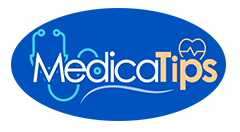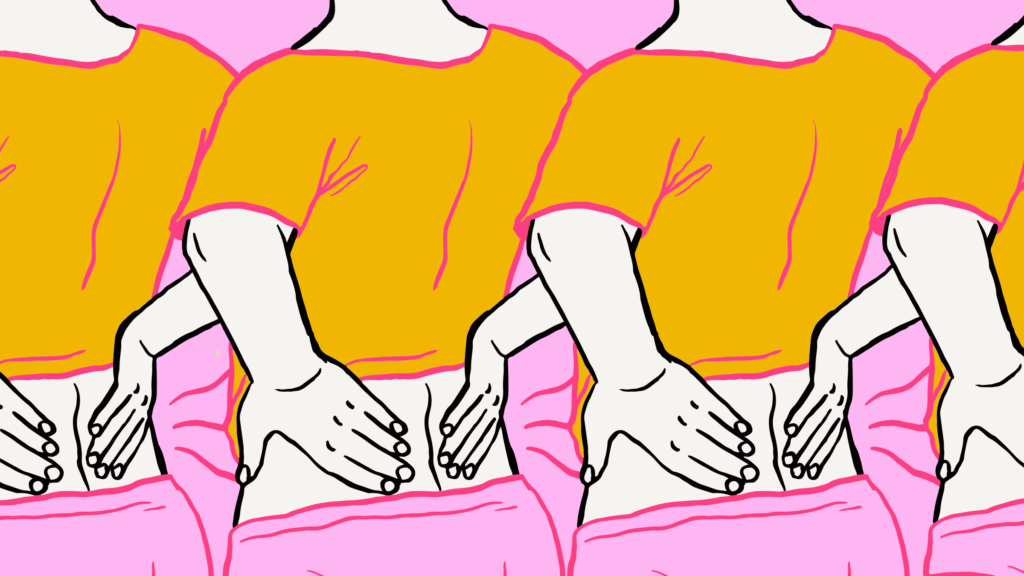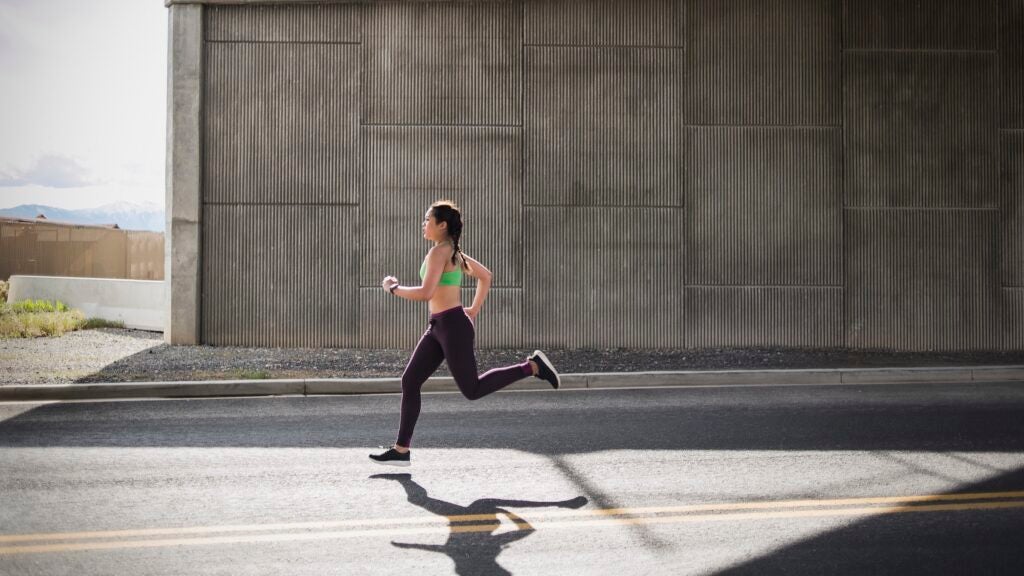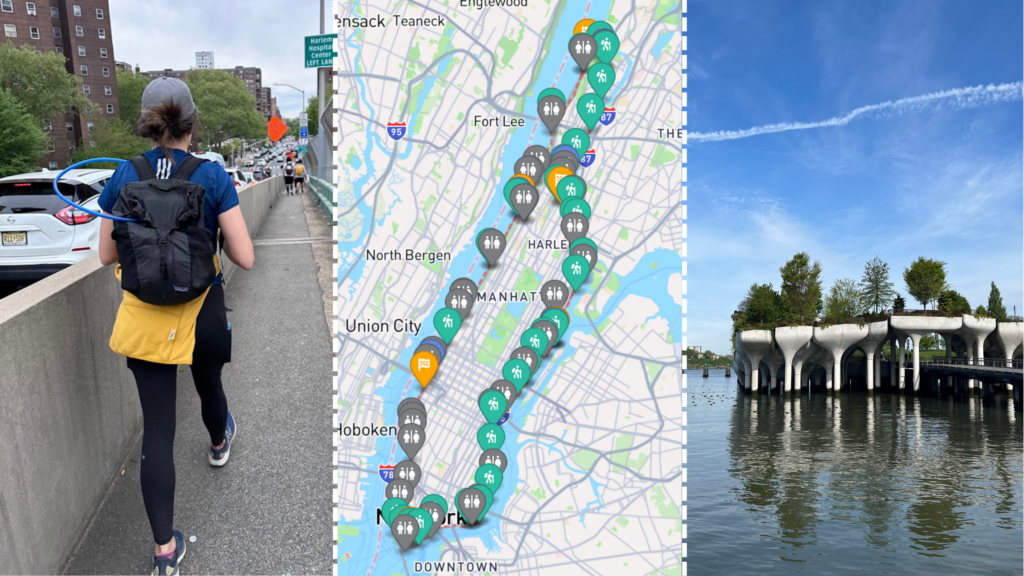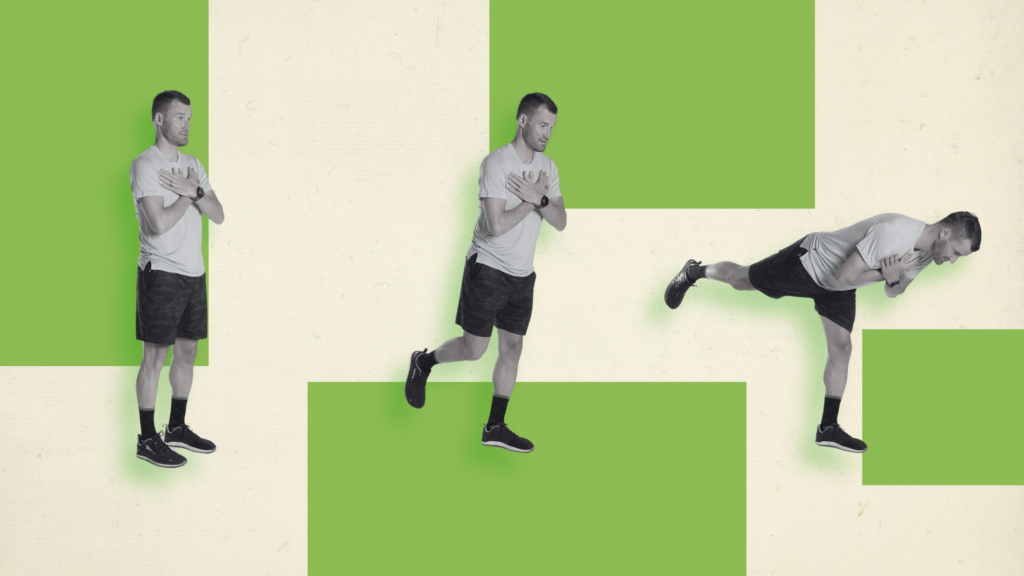From yoga to Pilates to more general workouts, the call for core strength is ubiquitous.
As a yoga teacher, I constantly need to remind students to engage their core. It’s not about shame or even strength—it’s the knowledge that an activated core will deliver support and improved alignment while alleviating potential pain.
Why Core Strength Is Essential
When contracted, the muscles of your core support the spine, help you maintain proper posture, and reduce your risk of injury. Many people think the “core” refers to only the superficial abdominal muscles, but your core muscles extend from the diaphragm to the pelvic floor and surround the trunk in a 360-degree fashion. That includes all of the abdominal muscles (rectus abdominis, internal and external obliques, and deep transversus abdominus) as well as those of the hips, glutes, and lower back (including the erector spinae and multifidus).
That’s a lot of support. If you’re not properly activating your core, or if you lack sufficient strength in your muscles, you’re at a disadvantage.
Given the complexity of the primary and supportive muscles that are considered part of the core, it can actually be easier to discern when you’re not engaging them compared to when you are using your core effectively. These signs may be subtly indicating that you need to activate or strengthen your core.
6 Signs You Need More Core Strength
Though there are many causes for each of the following indications, a weak core is a simple factor to address. Be sure to consult with your physician if you’re experiencing pain or discomfort.
1. Posture Challenges
Slouchers, this one’s for you.
Your core muscles support the spine and help you maintain a neutral posture. If you struggle to do so when you’re seated or standing, these are signs that you might not be engaging your core or would benefit from strengthening your core.
2. Difficulty Maintaining Alignment
If you experience difficulty maintaining alignment in your lower back and hips when you’re in yoga poses or other positions that demand strong core engagement, you may not be using those muscles as much as is needed.
For example, do your hips start to sag in Plank Pose? Does your Chaturanga look more like a Cobra or Sphinx? You may need to engage or strengthen your deep transversus abdominis, rectus abdominis, and perhaps gluteus maximus muscles to help support your spine.
3. Balancing Challenges
Research indicates that increasing core strength supports better balance. A strong and active core enhances balance by strengthening the connection between the upper and lower body and delivering more control over your center of gravity.
But don’t strain with all your might. Tensing to the point of becoming rigid is actually counterproductive to balancing. Your body needs to be able to instinctively adapt and make subtle shifts as you balance. Simply focus on drawing your muscles toward your spine and grounding through your standing leg while breathing slowly and easily.
4. Hip Pain
If your hips ache after a workout or throughout the day, one potential cause is not engaging your deep hip muscles.
These deep core muscles create connections among the spine, pelvis, and hips and are essential to maintaining your alignment. A lack of support from weak or inefficiently engaged muscles will be taken up elsewhere by neighboring muscles, such as the hip flexors, external rotators or adductors, or the hip capsules or joints themselves. This overloading can cause strain.
For example, when you balance on one leg, if you’re engaging your deep abdominal muscles, pelvic floor muscles, and gluteus medius muscles, your hips will remain level. But if the hip on your lifted leg side drops down and the hip on your standing leg sways out to the side (known as Trendelenburg Sign), chances are your gluteus medius is weak or not engaging. This can cause referral tension in one or both hip flexors, adductors, piriformis, and IT bands of the hips (as well as the quadratus lumborum in the lower back).
5. Knee Pain
There is evidence that suggests a weak core can increase the risk of knee injuries and knee pain. A review of studies conducted in athletic populations found that lower scores in core strength, core proprioception, and neuromuscular control of the core were found to be risk factors in the development of lower extremity injuries.
Your entire body is connected through your skeleton, muscles, and connective tissue. If you are not engaged and aligned toward the top of your body, the structures below will also experience misalignment. This can place excessive pressure on the knee joints, including the cartilage, meniscus, ligaments, and bony structures.
6. Low Back Soreness
There are countless explanations for low back achiness, soreness, discomfort, and pain. However, if you feel a dull ache in your lumbar area after practicing yoga, find it difficult to get out of bed the morning after a challenging workout, or have developed chronic back pain, there’s a chance you’re either not engaging your core muscles or need to strengthen them.
The purpose of the core muscles is to help stabilize the spine. When you engage your core, you create tension in the abdominal and lower back muscles that reinforces spinal stability and reduces the load on your joints as well as your intervertebral discs. This tension results from contracting the deep and often overlooked muscles of the core, including the transversus abdominis, multifidus, rotatores, intertransversarii, and pelvic floor.
Without the stability provided by deep muscle engagement when you move through yoga poses, workouts, or everyday life, the more superficial muscles in the lower back will be forced to compensate, or that load will be transferred to joints and other structures. These muscles are better suited to other roles like large or fast movement, so demanding that they take on the role of creating stability could lead to those muscles feeling tense or sore later.
This can increase the risk of lower back pain and tightness and make you susceptible to tweaking your back.
Source link
